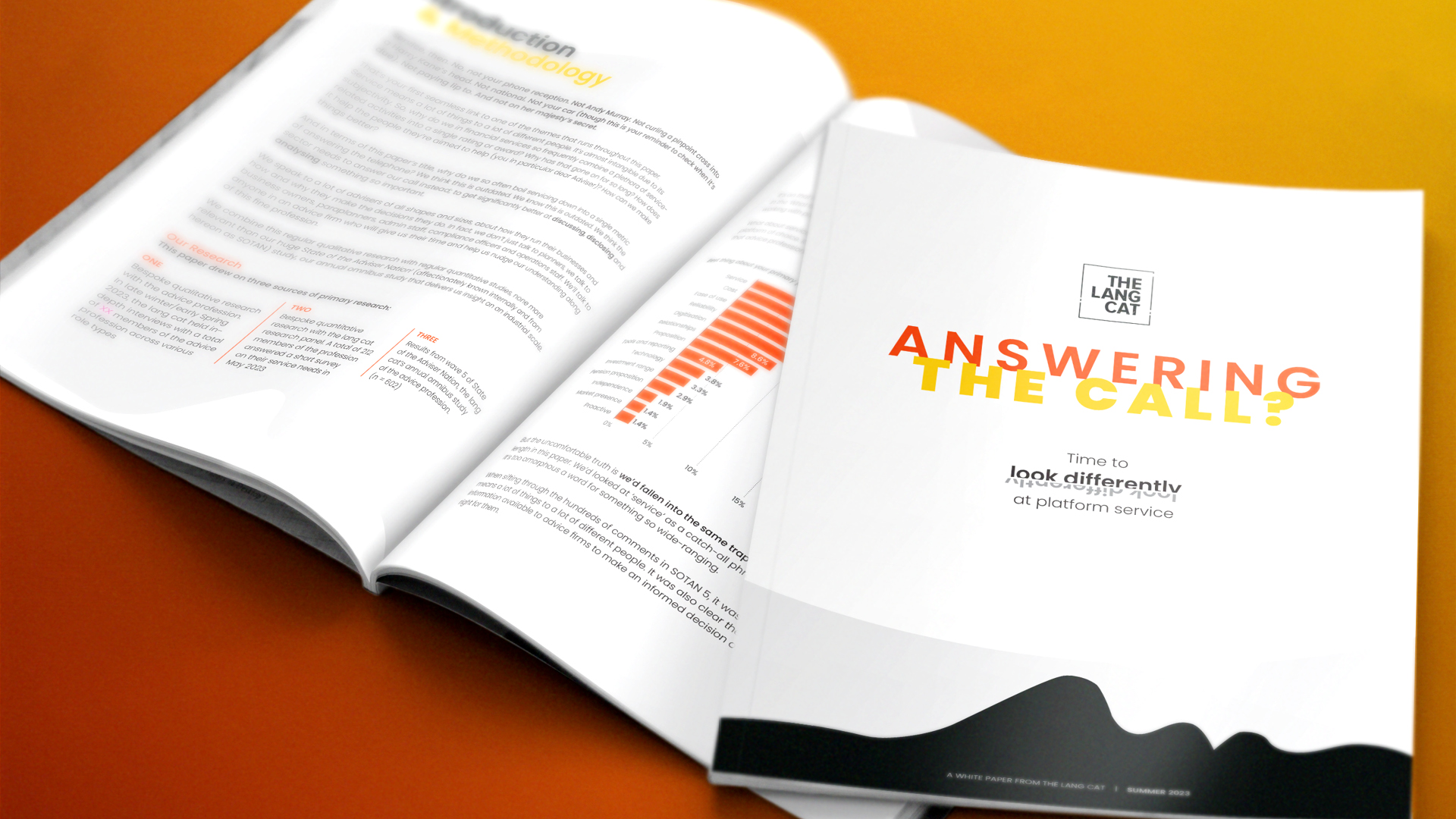Well now, I was never going to be able to resist this.
2 April 2012 was the day that the first of the Big Three fund supermarkets got their act together and launched into the unbundled space. Fidelity FundsNetwork were the winner, beating Cofunds by a lap or so, with Skandia still faffing around in the pit lane.
Enough F1 analogies? I thought so. So let’s get into the numbers. The table below is based on my analysis of who I think the price leaders in the mainstream market are right now for GIA and ISA only (so excluding pension or bond wrappers).
No surprises, the Aviva 25bps deal without a platform charge is cheapest at most portfolio points, and then Cofunds just sneak it. Fidelity’s new shape is nowhere at lower portfolio points (that’s what fixed charges do for you) but as soon as you’re through £50k or so it takes a solid second place and sits there right up to £500k. The wraps (apart from Aviva) are still taking a premium price position. Nucleus have a simple charging proposition that is still one of the lowest cost in the ‘true’ wrap market – Ascentric (not in the table) challenge them hard but are much more transaction based, as are Alliance Trust.
EDIT – A key point to note here is that many of the wraps (including Aviva, Nucleus and AXA above) include a pension wrapper within their basis points charges. FNW and Cofunds use third party wrappers with additional charges. Skandia include the pension wrapper. So do remember that this table is ISA/GIA only and not a reflection of the costs of holistic client management across tax wrappers. Thanks to David Ferguson of Nucleus for pointing this out.
A couple of weeks ago 35-40bps all in seemed to be the market – but the pressure will be on now to get that down to 25-30bps. It’s all happening.
Hope that was useful. Now, I’m pretty sure you want me to do a quick round-up of what each of the big guys are up to in more detail. You do? Excellent!
Fidelity
First of all, congratulations to David White and the team on getting to market. I was having a pop at them only last week about their retrograde incentive offer; just goes to show. Fickle game this platforms lark.
Anyway, Fidelity’s new structure is the one I’ve been waiting for someone to do – 25bps flat plus a £45 per year platform charge. That’s a good price that hits the £50k-£250k market square on. No doubt there will be some pointing out of the fact that 25bps is very high for very large funds, but Fiddy have shown they know where their market is and gone for it. Good job.
Other stuff – the 25bps charge will be taken out of the largest fund by holding – Fidelity’s answer to the open question on how unbundled charging works when there are no cash rebates around and the ‘keeping cash healthy’ ethos doesn’t exist. I’m not sure this is totally optimal to be honest, but it’s a start and I imagine it may evolve over time. You’ll get access to bundled and unbundled funds (ie where a fund manager has a 150bps kitchen-sink share class and a 75bps clean share class you can choose), and some ETFs will pop onto the platform soonish. That’s all good, and I’m assuming that where advisers are using the unbundled proposition with bundled funds (keep up at the back) the 50bps inbuilt trail goes back to the client in additional units and then the adviser sets their charging from there. Fidelity have laid out their plans for adviser charging and so if this all fits into that then from where I’m sitting this looks coherent. There are a few ifs in there, so we look forward to more clarity.
We also look forward to a proper range of passives turning up (wot no Vanguard/Dimensional etc) and – the biggest problem for FNW and Cofunds at least – a more coherent multi-wrapper solution. The Standard Life SIPP link depends right now on the bundled structure and doesn’t provide any major incentives for advisers to recommend it through the FNW platform rather than direct with SL. There’s got to be a better way.
Cofunds
Cofunds bravely stuck their neck out last autumn and published their intentions on charging and proposition – I wrote it up here. That was ballsy as it has given Fidelity a target to aim at, and it’s no surprise that they’re being underpriced by 3-4 basis points at most key portfolio points. That’s what having a copy of Comparator does for proposition teams.
Work continues apace, and Cofunds have been a leader on calling for clean share classes (though anyone who thinks they won’t cope with bundled classes post-RDR is kidding themselves). The structure as it exists in potentia now isn’t my cup of tea – too many tiering points – and I wonder if FNW’s announcement will hasten a quiet rethink which I suspect was always on the cards. These two will be neck and neck. The only fly in the ointment here is the potential L&G takeover – the merits or demerits of this aside, the teams working on RDR need to be able to focus and get the job done for everyone’s benefit.
Skandia
Where to start? This Citywire piece is as good as anywhere. It’s all a bit jam tomorrow for the merry south coast crew – a restricted / guided architecture proposition in 2013, ETFs in 2013, and their unbundled proposition including cash account facilities in, er, 2013. No, just kidding, those last two will be in ‘the last quarter’ of 2012.
Of the big 3, Skandia have the most coherent multi-wrapper proposition, and are the most successful in generating pension AUA by a stretch. Their tooling is excellent, the recent redesign is good, and they have a huge amount going for them. But lagging like this puts an unreasonable amount of that at risk.
I speak to quite a lot of IFAs doing what I do, and a common frustration is that they just have to assume that Skandia will sort it out in time. The lack of clarity to the market is starting to niggle at them, and I know for a fact that some advisers are now starting to deselect Skandia as a post-RDR provider as they don’t believe they’re on top of the RDR changes. That’s a shame, and if Skandia can just get over their reticence and speak to the market they’ll put a lot of minds at rest. Or not…
So there we have our 3 behemoths. Together they have over £100bn of AUA (more than half the market) and so we’re right to be interested. Today was a big day.




